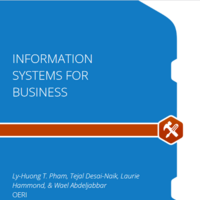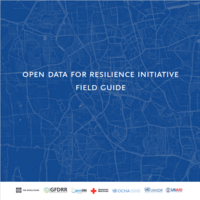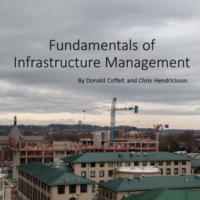Search
Books+
Searching 1,730 books
Search related to the career Reliability Engineer
Preventing Failures in Systems
1. Robust Design and Redundancy: Implement a robust system design that can handle unexpected situations and failures. Incorporate redundancy by having backup components or systems in place to ensure continuous operation.
2. Regular Maintenance and Inspections: Conduct routine maintenance and inspections to identify and address potential issues before they escalate into failures. This includes checking for wear and tear, updating software, and replacing faulty components.
3. Testing and Quality Assurance: Thoroughly test the system during development and before deployment to identify and fix any bugs or vulnerabilities. Implement quality assurance processes to ensure that the system meets the required standards.
4. Monitoring and Early Warning Systems: Implement monitoring systems to continuously track the performance of the system. Set up alerts and early warning systems to detect any anomalies or deviations from normal operation, allowing for timely intervention.
5. Training and Documentation: Provide comprehensive training to system operators and users to ensure they understand how to operate the system correctly and handle potential issues. Document standard operating procedures and troubleshooting guides for reference.
6. Regular Updates and Upgrades: Stay up to date with the latest technology advancements and security patches. Regularly update and upgrade the system to address any known vulnerabilities or performance issues.
7. Disaster Recovery and Business Continuity Planning: Develop a robust disaster recovery plan to minimize the impact of system failures. This includes creating backups, establishing alternative communication channels, and having contingency plans in place.
8. User Feedback and Continuous Improvement: Encourage users to provide feedback on system performance and usability. Use this feedback to identify areas for improvement and implement necessary changes to prevent future failures.
9. Compliance with Standards and Regulations: Ensure that the system complies with relevant industry standards and regulations. This includes following best practices, adhering to security protocols, and conducting regular audits.
10. Risk Assessment and Mitigation: Conduct thorough risk assessments to identify potential failure points and vulnerabilities. Develop mitigation strategies to minimize the likelihood and impact of failures.
By implementing these preventive measures, you can significantly reduce the occurrence of failures in systems and ensure their smooth and reliable operation.
Source: Various AI tools
Computer science
Test prep
Entrepreneurship
Books tagged entrepreneurship
Pyramid project
Books tagged pyramid project
Computers
Books tagged computers
Self-help
Books tagged self-help
Science
Books tagged science
Artificial intelligence
Books tagged Artificial Intelligence
Searched in English.































































